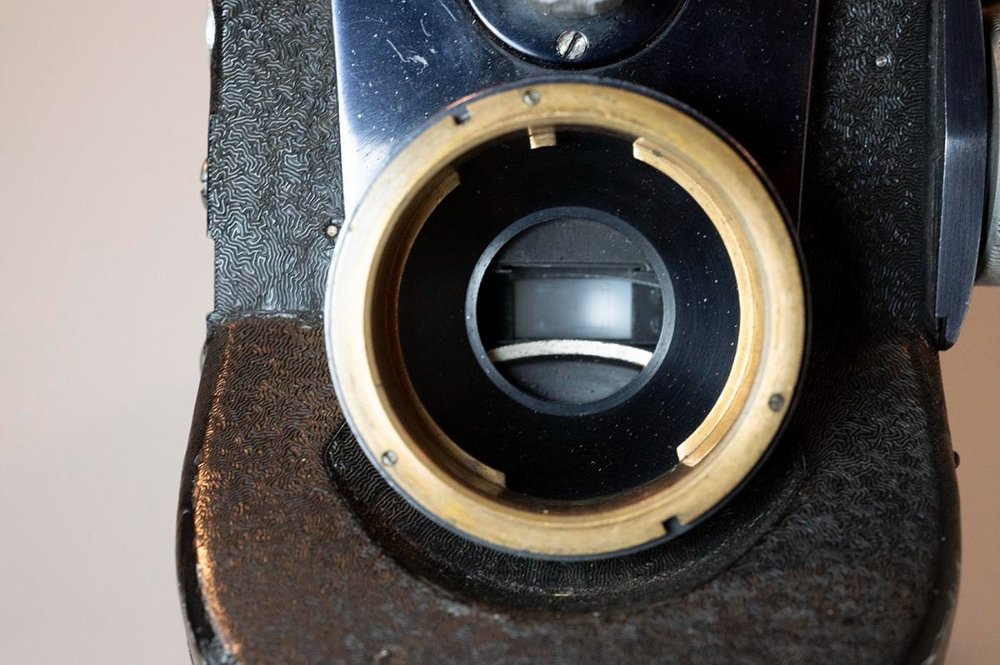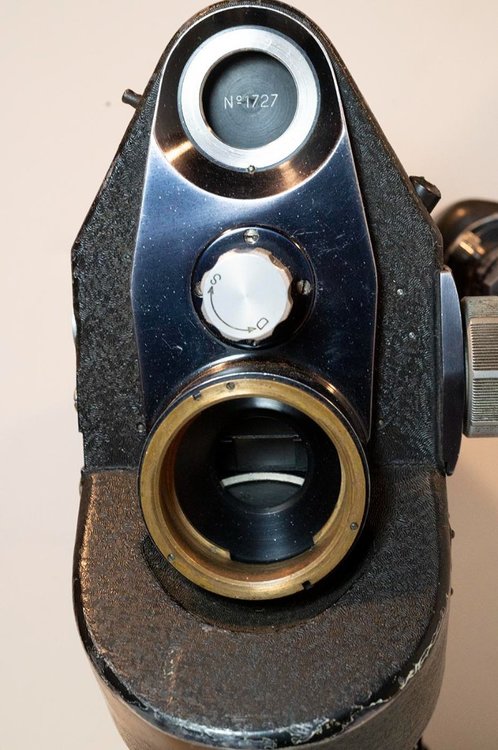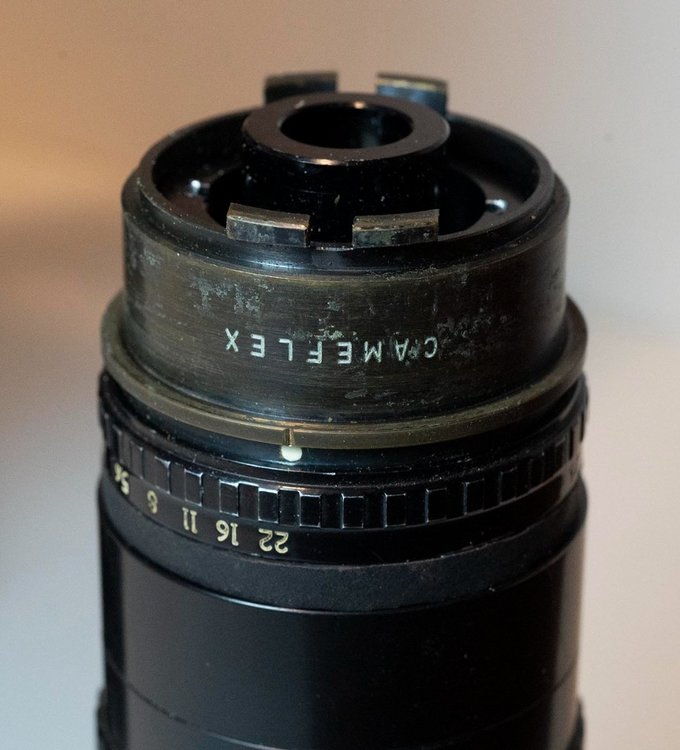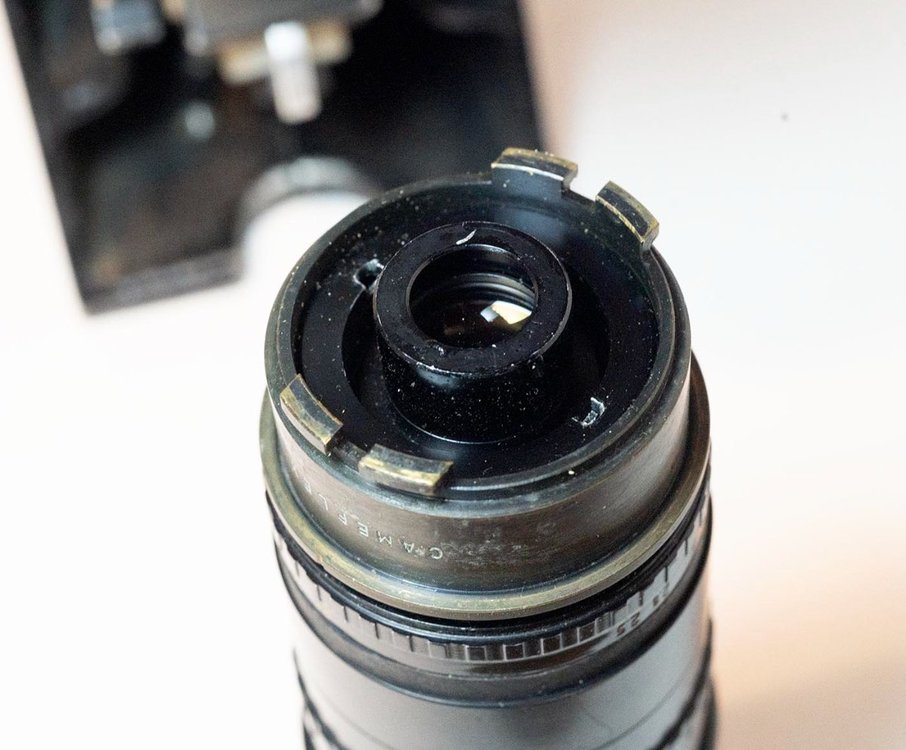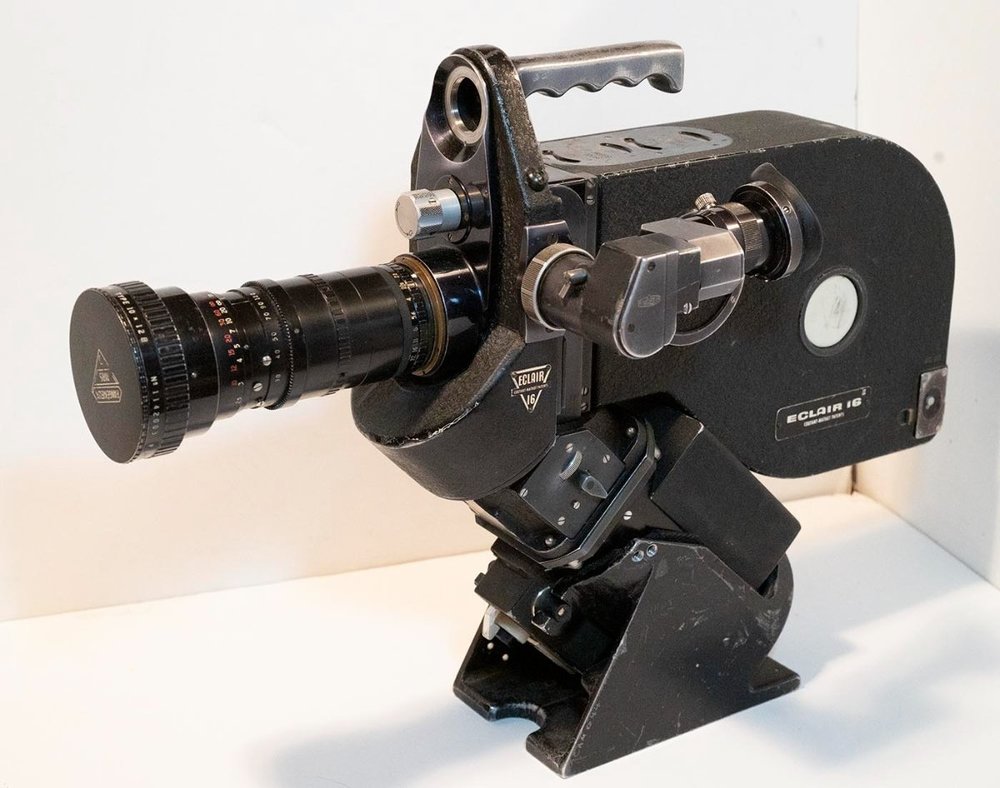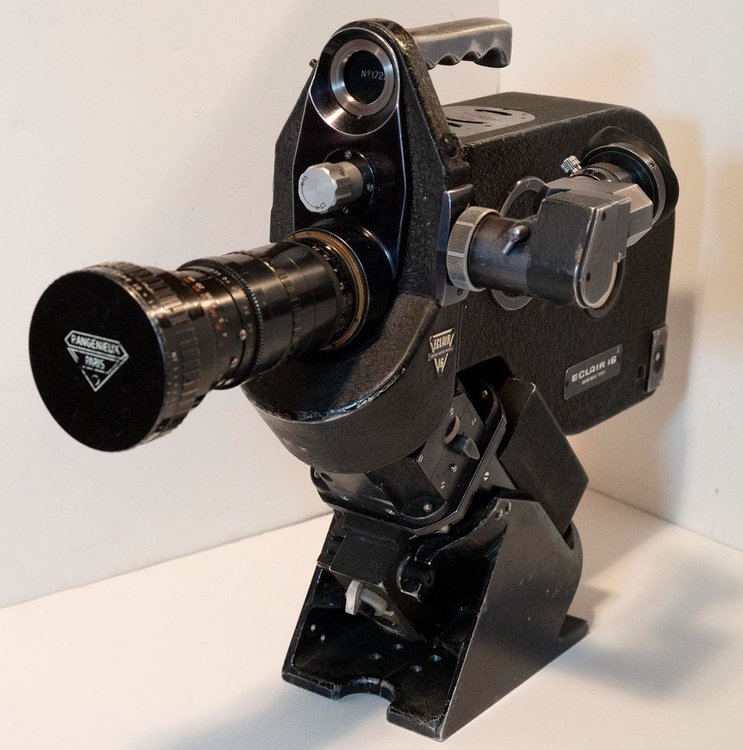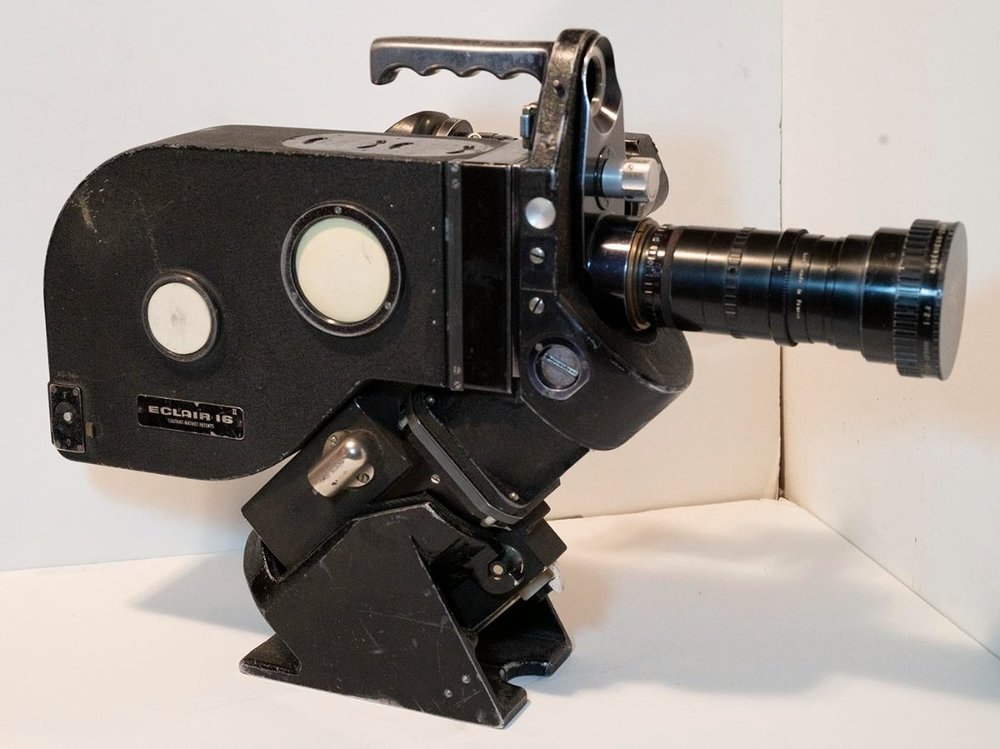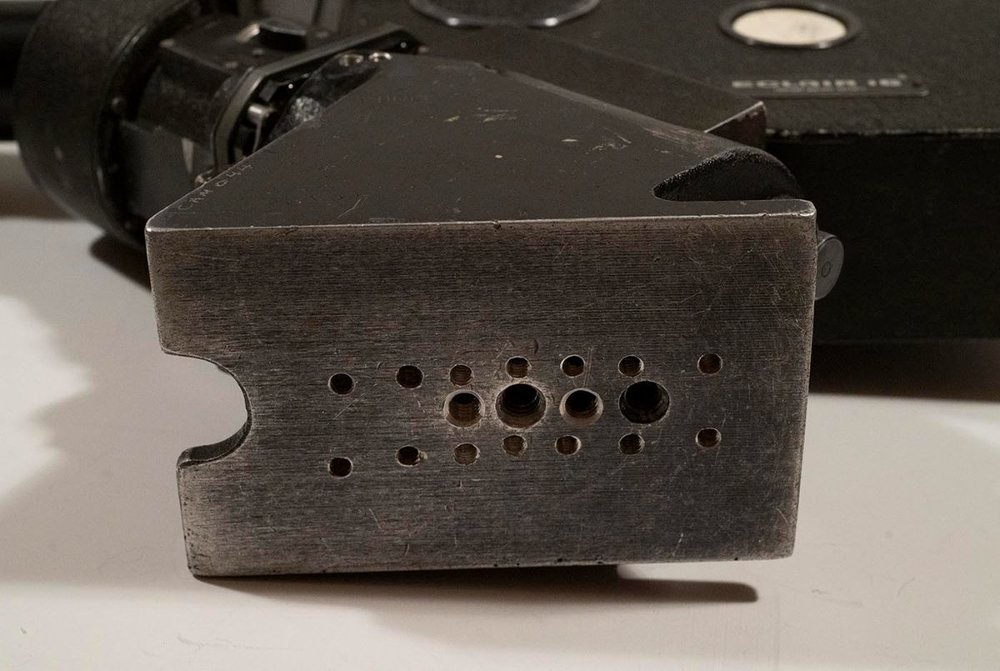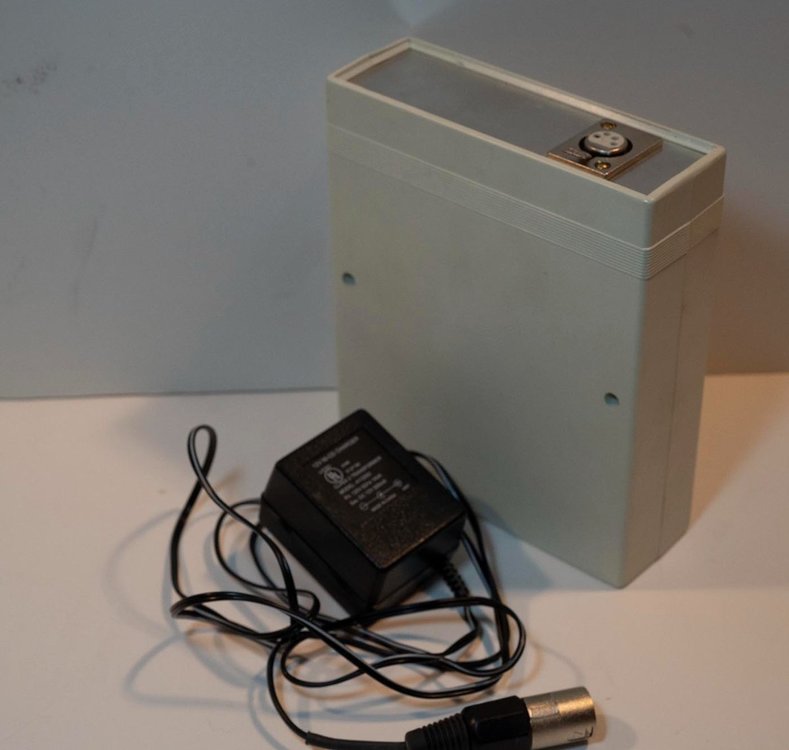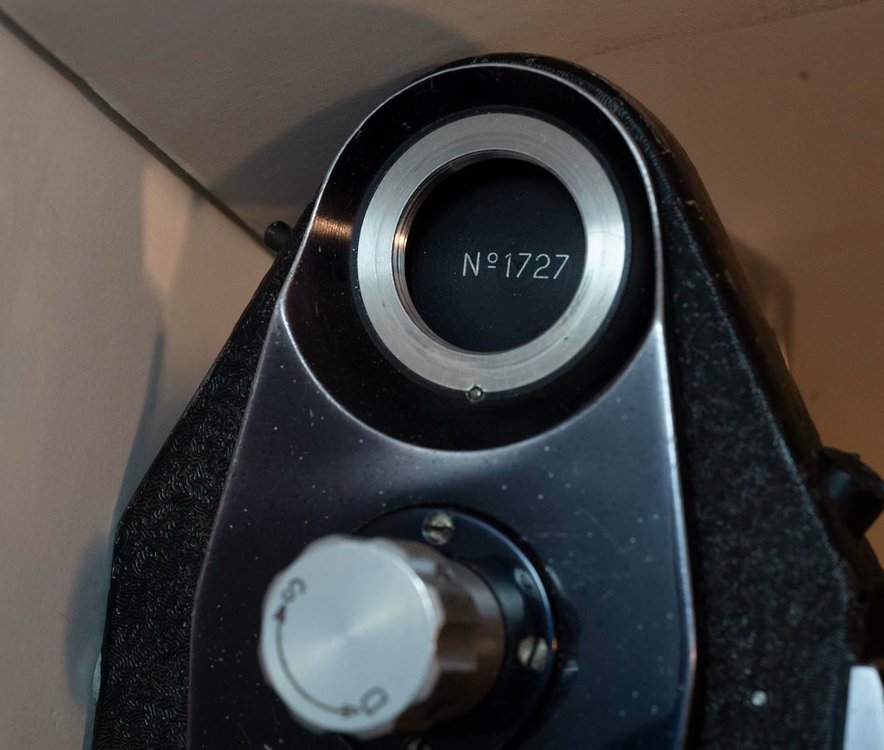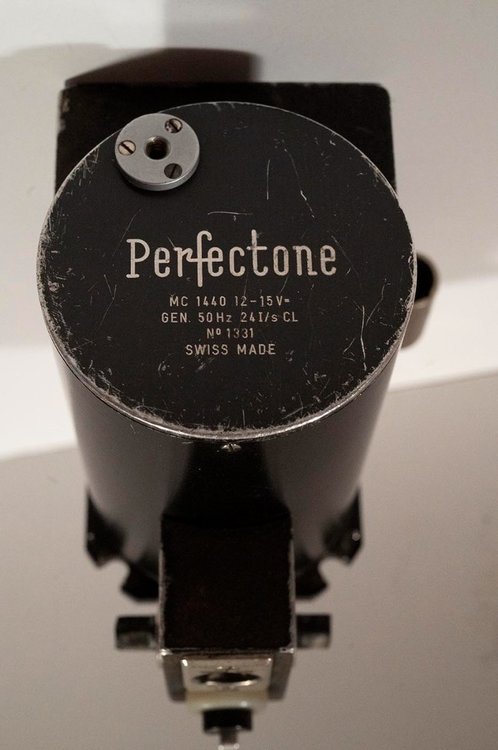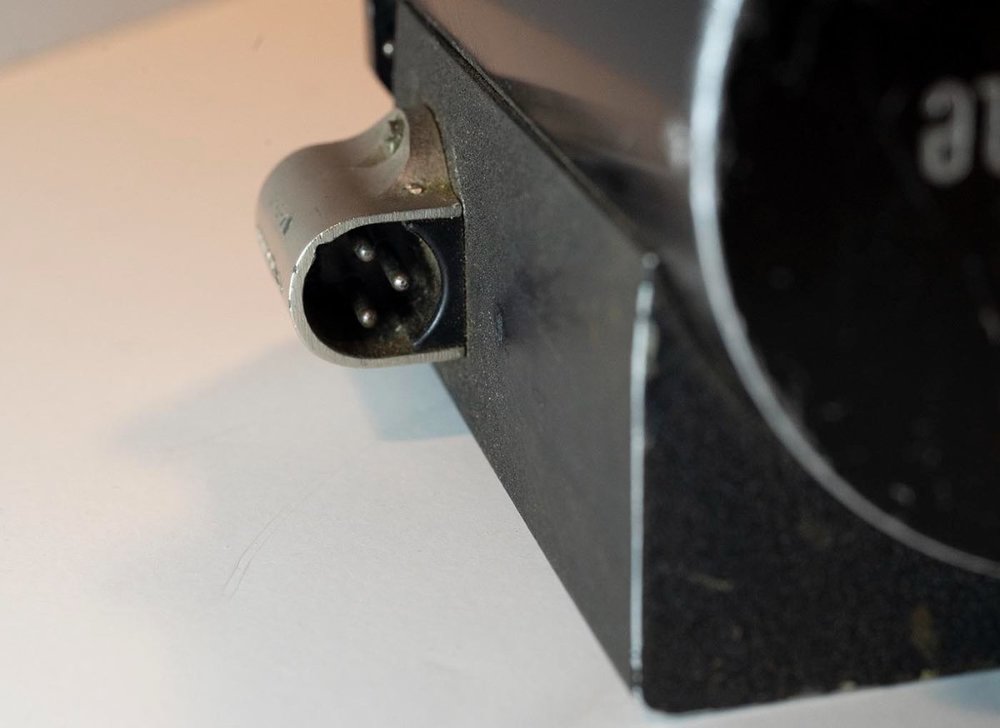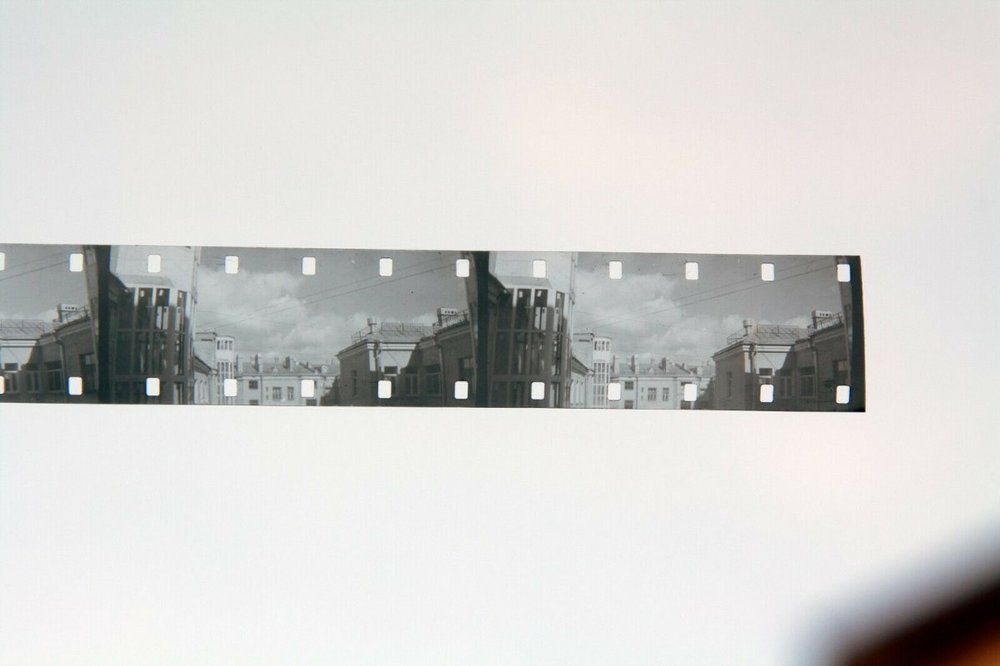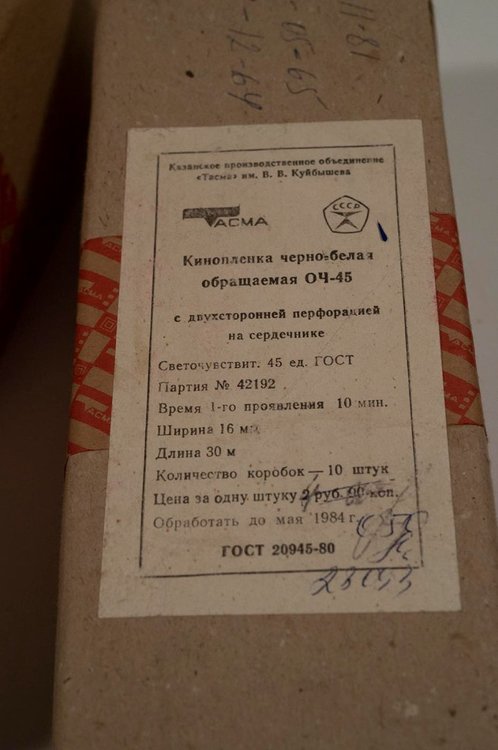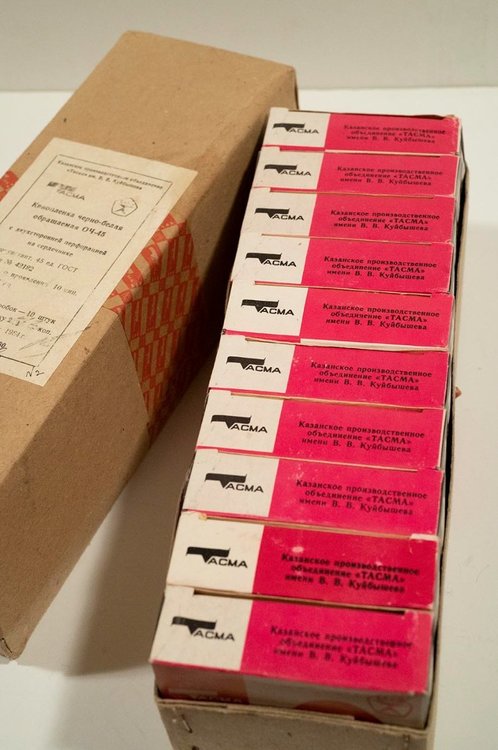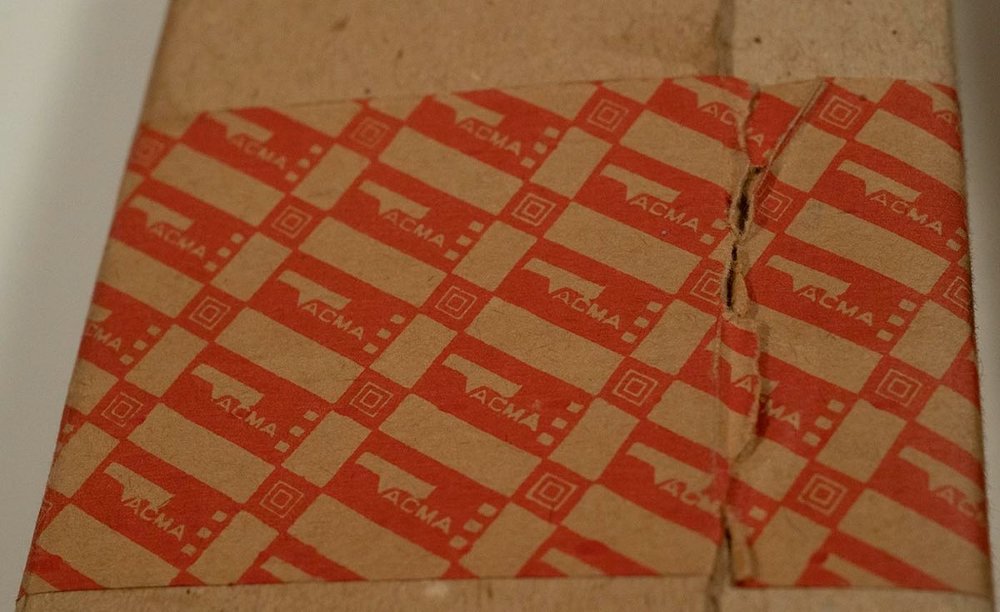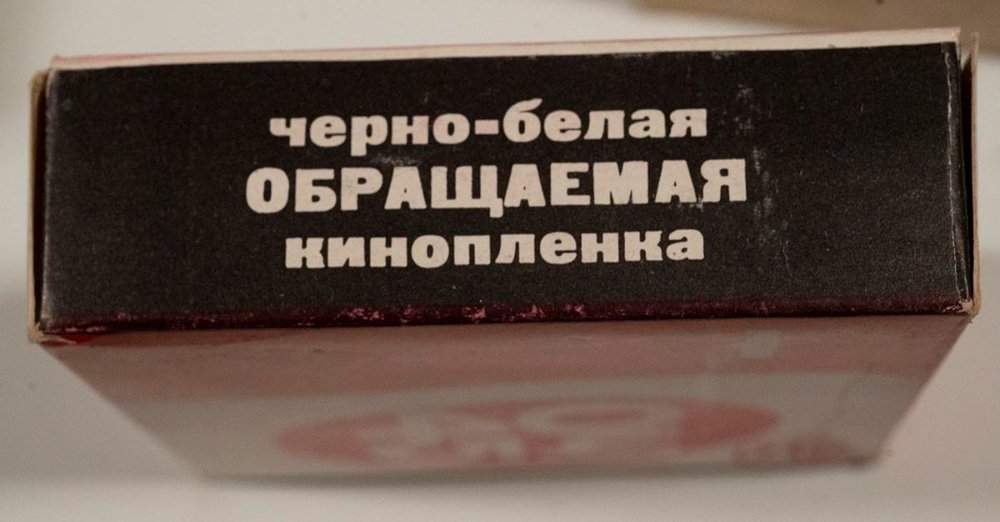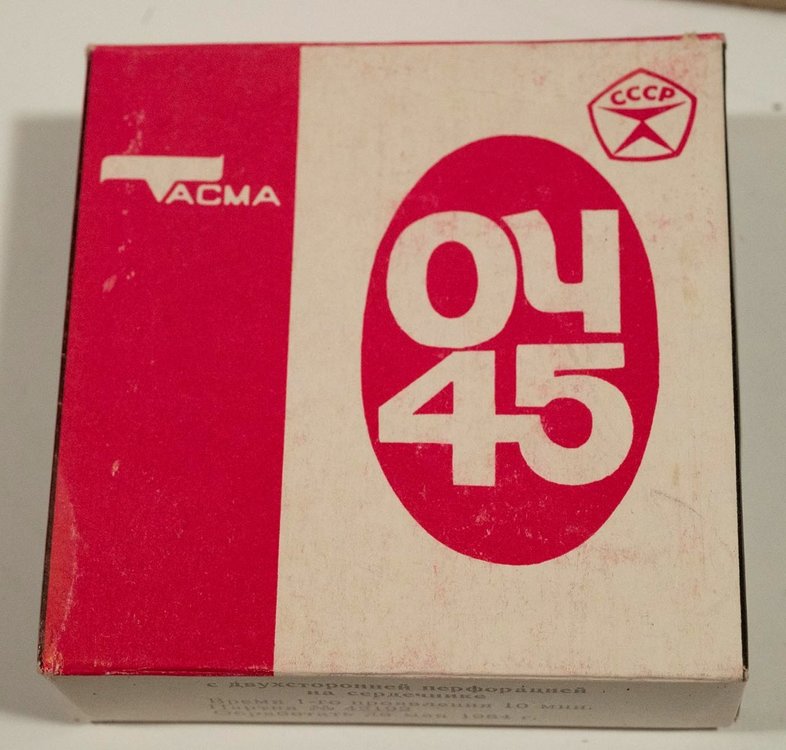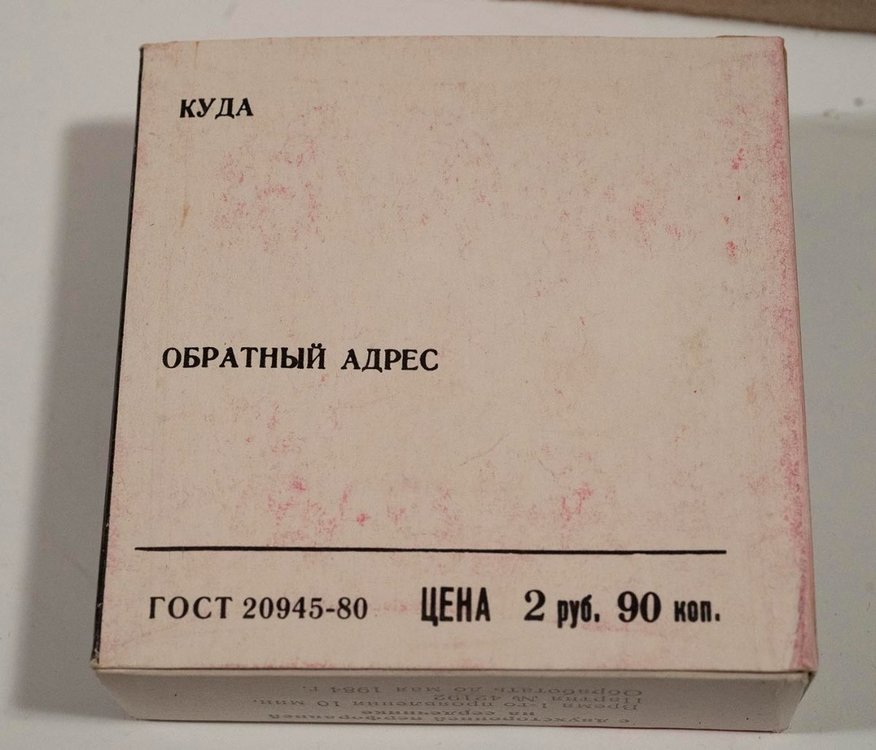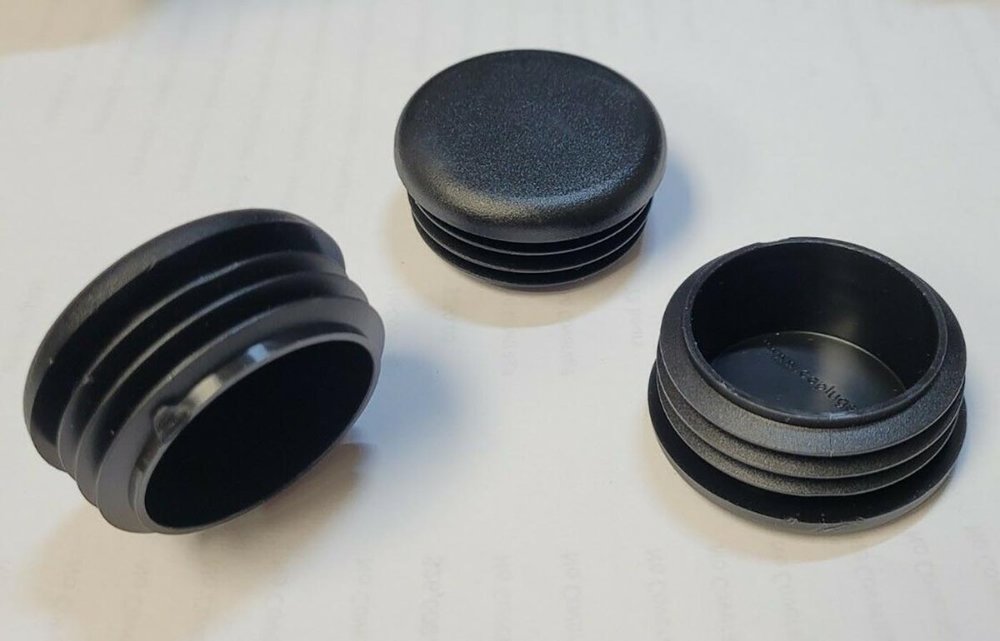
Duncan Brown
Premium Member-
Posts
552 -
Joined
-
Last visited
Everything posted by Duncan Brown
-
-
Well seeing as how I started with a bunch of pictures, might as well turn this into the NPR-porn thread. I know I sure would have appreciated some more high quality pictures on the net when I was considering buying one, so I'd better understand what I was getting (and getting into!) Duncan
-
Oh it's probably the original base. I was referring to the 14 or 15 extra holes drilled and threaded in it! I have some mad-scientist plans for Pilotone so yeah, if that's an additional place to grab it that might be interesting to me. Duncan
-
I did figure out, taking apart that battery pack, that the charger is definitely not original. The battery pack was rebuilt in 2001 in Australia.I found the original 250V charger buried in the case. Two small 6V sealed lead acid batteries wired in series that weigh a ton and only produce 3500mAH. I'll whip up something better than that (but I can't test the camera until I do since the SLA batteries are dead.) Duncan
-
-
Is this the original battery and charger? Or something someone whipped up from Radio Shack parts? I have yet to test it electrically. Duncan
-
Is this a late serial number? Certainly doesn't seem like an early one, but I have no idea how many they made. I'm sure nowhere near the nearly-20K Arri made of the 16S. Duncan
-
I've read all the other "I just got an NPR and I have so many questions" posts...and so I don't have so many questions. But I have a few obscure detail queries, so I thought I'd post them with pictures just so it will be more fun... Is this motor a non-crystal sync version with a 50Hz pilotone signal? And does the pilotone come out of that 3 pin connector on the side? Anyone have a wiring diagram? (Yeah, I know, a screwdriver and/or an oscilloscope would give me the wiring diagram in short order, but I figured someone might just have some documentation handy.) Duncan
-
As you pointed out to me later, I was seeing that wrong in the picture - those are felt covered, and therefore magazine rollers, not rubber drive couplings. It was the washers that threw me off, they looked like the ones down inside the drive couplings. Duncan
-
There has to be a story behind this, that I want to hear! Still going through the pictures to see if there are any I need, but in the meantime these may help you: http://backglass.org/duncan/arri/paperwork/arri_16st_parts_manual_october_1969_german.pdf http://backglass.org/duncan/arri/paperwork/arri_16bl_parts_manual_october_1967_german.pdf In picture 221158, parts labeled "I-11" are brushes for the governor controlled (constant speed) 16S motor - I would like 2 or 3 pairs of those. In 221300 those appear to be rubber motor couplings for the !6S, I would take 2 or 3 of those. In 221307 there are plastic domes for the Pilotone bulb on the 16S - I need one of those. In 221319 someone already labeled the leather pull tags for 16S magazines - I need one of those. In 221600 there are viewfinder flaps for the 16S - I could use one of those. In 221601 there are latch semicircle springs for the 16S magazines, I could use one of those. In 221610 those appear to be the little piece of metal and light seal that cover the top of the gate in a 16S main body cavity - I could use one of those. Let me know if you're willing to sell all that for a reasonable price, including packing it all in a little box and shipping it to near Chicago in the US ? Thanks, Duncan
-
With old negative still film I usually overexpose by a stop or two, then pull process by an equivalent number of stops (basically trying to overwhelm the base fog) - not sure how that translates to reversal film, or if as you suggest I'm better off just treating it as a negative, This is why I'd prefer to buy 20 of something this old instead of one or two - that way I still have some to use after experimenting with it! Duncan
-
I've been scanning Arri literature and posting it in that forum for a while, but now I have some Eclair literature so this forum gets to join in the fun! These are 600DPI scans, so very detailed, you can zoom in endlessly. http://backglass.org/duncan/eclair/eclair_npr_brochure_01.pdf http://backglass.org/duncan/eclair/eclair_acl_brochure_01.pdf http://backglass.org/duncan/eclair/eclair_npr_price_list_19740603.pdf http://backglass.org/duncan/eclair/eclair_acl_price_list_19740513.pdf If you can't stand the huge file sizes and just want to see the info, I also made 100DPI versions: http://backglass.org/duncan/eclair/eclair_npr_brochure_01_100.pdf http://backglass.org/duncan/eclair/eclair_acl_brochure_01_100.pdf http://backglass.org/duncan/eclair/eclair_npr_price_list_19740603_100.pdf http://backglass.org/duncan/eclair/eclair_acl_price_list_19740513_100.pdf I also sent these links via the contact form at eclaircameras.wordpress.com so with luck they'll show up in that central repository too. Duncan
-
Well the last 20 rolls of it had been sitting unsold forever, and it was the same price to ship 20 as it was to ship 10, so I did a "Make Offer" on the last 20 at a significant discount, and the seller took it. Just arrived today. I documented it in case anyone else ever runs across this post and is curious. (And of course once I shoot some I'll post a scan here.) Duncan
-
Anyone have an old Arri capping shutter they'd sell for a reasonable price? I have one I got cheap on eBay, but there is an awful lot of fine-level machine work between me and ever having it function again. Even if you have one that doesn't work, I'd be interested for the right price, as I might be able to make one working one out of that and mine. Thanks, Duncan
-
Different title, so maybe a newer version, but certainly the same concept: Duncan
-
In search of Arri 16s Turret cavity lens caps.
Duncan Brown replied to Jon R Williams's topic in Cine Marketplace
For comparison, here are the hilariously wrong ones on ebay (I believe you can see they are from Caplugs.com) -
In search of Arri 16s Turret cavity lens caps.
Duncan Brown replied to Jon R Williams's topic in Cine Marketplace
They do not, they are aftermarket work-alikes. They are in every way that I can tell identical to the Arri ones, except for the lack of logo, and a slightly narrower band of not-krinkly texture around the outer edge on the front. -
In search of Arri 16s Turret cavity lens caps.
Duncan Brown replied to Jon R Williams's topic in Cine Marketplace
There's a guy on eBay selling sets of 3 for $25 plus shipping...but they're just generic pipe plugs that happen to sort of fit. I have two extra ones that are legit Arri-standard port caps, but they are aftermarket, not Arri-branded and just have "Taiwan" stamped on the inside. I'd let those go for $10 shipped in the US (i.e. 2 or 3 dollars more than my cost of shipping). PM me if you want them. Duncan -
3383 is a color print film, a whole different ball of wax than the B&W lab films the OP is talking about. It's going to have no orange mask which could be a good or bad thing to have in a negative depending on what you're doing. Or process it as reversal film and get some weirdness. Duncan
-
Changing magazine mid shoot? - 16mm
Duncan Brown replied to Owen A. Davies's topic in Film Stocks & Processing
Just thinking about all the times I've done this in 35mm still cameras, I don't think this part is as hard as you're thinking. The leader was light-struck the first time you loaded it, you can just go ahead and light-strike it some more the second time you load it. Well, with 35mm still film you can because of the light tight felt lip the film feeds out of. As you say, if the daylight spool unwinds significantly while out of camera, that could be an issue. You should probably tape the leading edge down again like it was from the factory. It's going to be significantly harder than with a still camera to get to the same spot in the film the subsequent time(s), so of course you have to overdo it just to be sure and waste a foot or three of film in the process. (on edit) - OH, I see, you are both talking about pulling BOTH reels out of the camera mid-shoot. Yuck. I am talking about rewinding the film and putting it back in the can, then threading it and (with the lens cap on!) running the camera to the same point in the film again. Which would require a camera that can run in reverse of course. Duncan -
Converted Arriflex ST Super 16mm by ARRI - they exist!
Duncan Brown replied to Uli Meyer's topic in 16mm
Quite the shame that the world wasn't ready for this at the time (so that there could be more of them floating around for sale now years later). Duncan


